King Charles III Coronation: The enthronement ceremony of the new King of England, Charles III, is expected to be the most popular event internationally. Formally taking over the reins as the first-born heir after the death of the country’s very popular and longest-reigning Queen Elizabeth, his official enthronement ceremony is expected on Saturday, 6 May 2024. Charles III is the 41st monarch in line and the oldest to be crowned.

The program of the Coronation ceremony of King Charles
The Ballroom at Buckingham Palace has been transformed into a space resembling Westminster Abbey. There, the royal couple is training for the May 6 ceremony to avoid unpleasant surprises. Inside the temple will be more than 2000 official guests. Among them are kings and heads of state. Thousands of citizens are expected from outside, while millions of television viewers worldwide will watch the ceremony live. It is estimated that 300,000,000 viewers will tune in to watch the ceremony.
The program of the ceremony is as follows:
Early in the morning, members of the public will be able to secure a place along the route the royal couple will take from Buckingham Palace to Westminster Abbey.
Then the first guests will start arriving. These include over 850 community and charity representatives from across the UK and around 450 guests who have received a British Empire Medal in recognition of their contribution. Among them the 13-year-old Max Woosey, who slept in a tent in his garden for three years to raise money for his grandmother’s hospice, and chef Manju Malhi, who offered online cooking classes during the pandemic. Afterwards, the priests and the choir will take their place inside the Abbey.
Heads of state, government ministers, former prime ministers, kings of other states, and royal family members will arrive at the Abbey shortly afterwards. The Cavalry will begin to prepare to escort the procession from Buckingham Palace.
Then the procession with the King and queen will start from the Palace to the Abbey. The Archbishop of Canterbury will crown King Charles III with the Crown of St. Edward. It is a crown made in 1660 and weighs 2.27 kg. Trumpets will immediately sound, and military guns across the UK will fire into the air to welcome the King’s coronation. The King and his wife will return to Buckingham Palace through the Main Gate and proceed to the Palace Gardens, where military orders will salute them. The ceremony will conclude when the King, royal consort, and royal family members appear on the palace balcony to greet the crowd and watch the planned air shows.
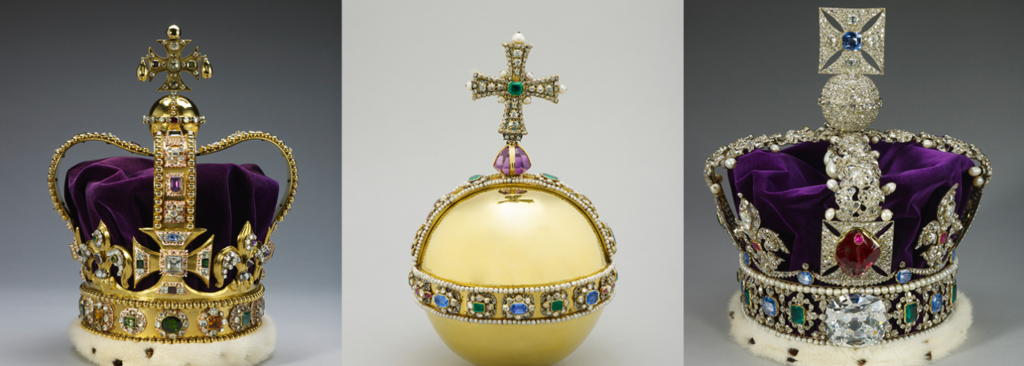

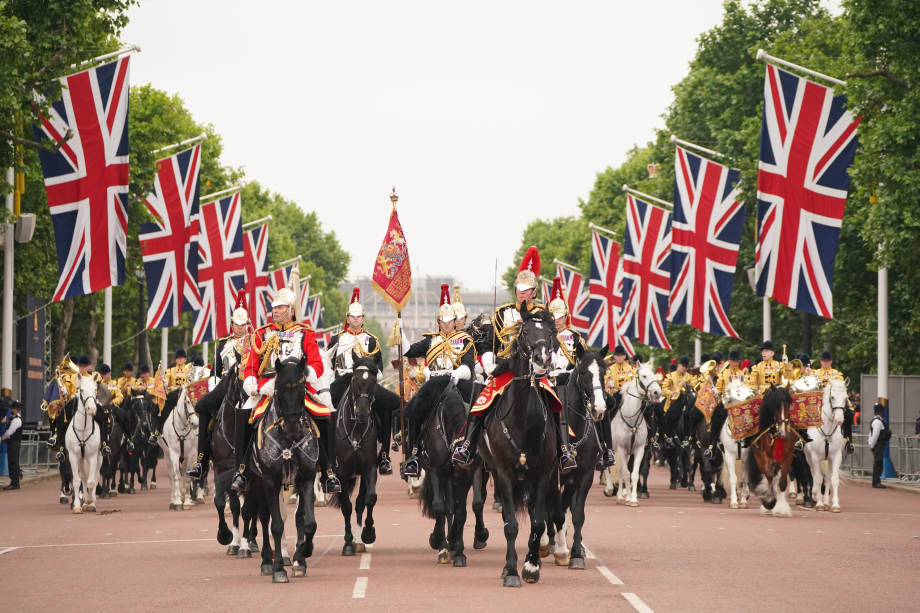
A short and modern Coronation ceremony
It is worth noting that this is the first time we will see a different ceremony.
The King has requested a shorter and simpler religious ceremony which, while respecting the ritual and sanctity of Westminster Abbey, has adapted to his tastes, having personally chosen the 12 musical marches to be heard during the ceremony. For the first time, the new monarch has been asked to play Greek Orthodox music at the service in honour of his late father, the Duke of Edinburgh, to be performed by the Byzantine Chant Ensemble.
He chose to retain parts of the ceremonies introduced in Queen Elizabeth’s service, such as the anointing with consecrated oil, the handing over of the orb, and the enthronement itself.
The royal couple will be transported by the carriage used for the Queen’s Diamond Jubilee in 2012 from Buckingham Palace to Westminster Abbey. The carriage is covered in over 400 sheets of gold and has pieces of wood from the Mary Rose, the flagship of King Henry VIII’s fleet that sank in 1545.
The royal couple will wear two different sets of robes during the Coronation Service – the Robes of State and the Robes of Estate. Robes of State are worn on arrival at Westminster Abbey, and Robes of Estate are worn on departure, following the Coronation Service, and are traditionally more personalized in design.
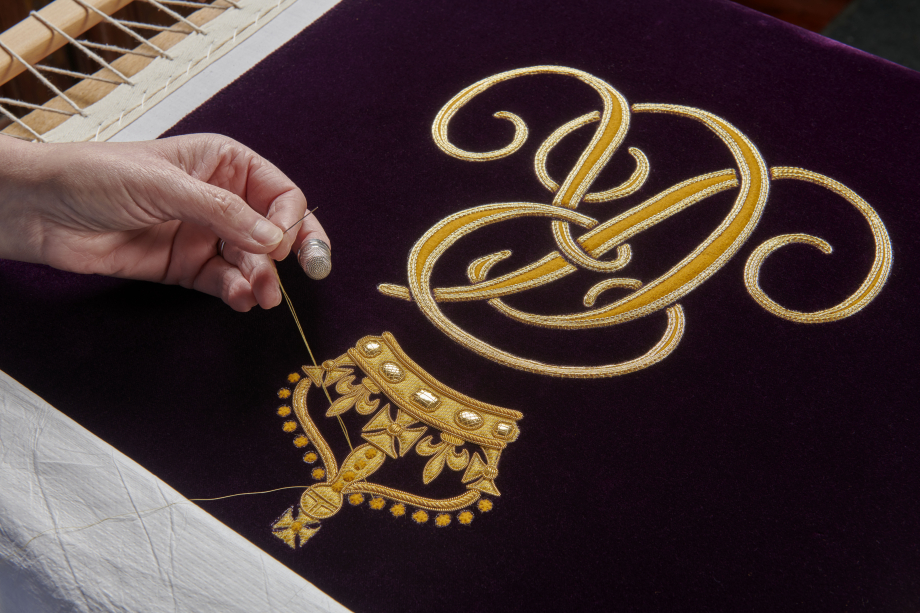
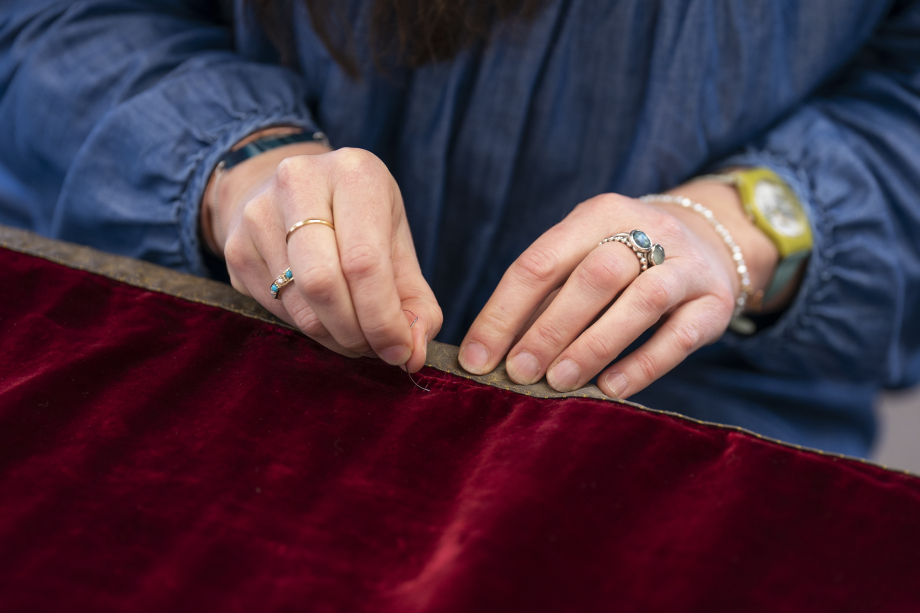
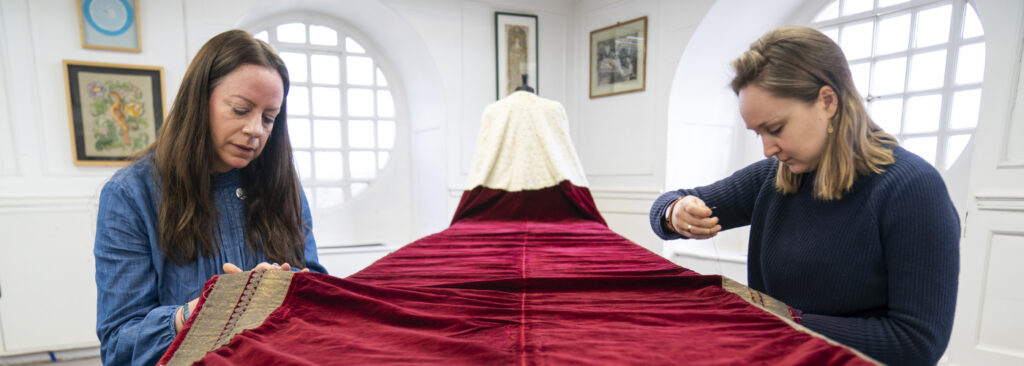
Vegetarian Quiche Lorraine
After the “coronation chicken” served by Queen Elizabeth II in 1953, Charles and Camilla announced the recipe they had chosen for their coronation: a quiche lorraine with spinach, beans, and tarragon. They presented the recipe in a short video on the royal family’s Twitter account. In addition to spinach, baked beans, and tarragon, the recipe includes milk, cream, eggs, and cheddar cheese. Quiche Lorraine is a very common dish in France, but it is not common in Britain.
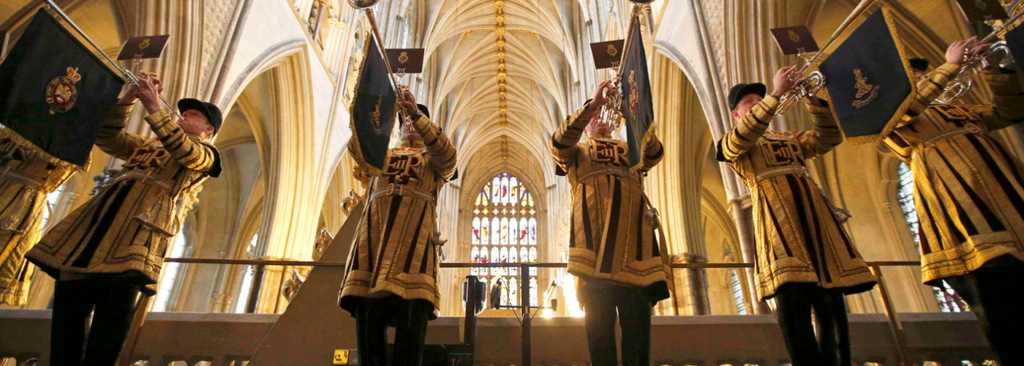
Anti-monarchy movement is planning demonstrations
Britain’s main anti-monarchy movement has planned demonstrations for King Charles III’s coronation day. Members of the pro-democracy organization Republic, founded in 1983, are planning their biggest demonstration yet. Protesters see the coronation of Britain’s king as the best opportunity to highlight how anachronistic the institution of the monarchy is, which they say has no place in a 21st-century democracy, especially at a time when citizens are faced with the worst cost of living crisis in decades.
Anti-monarchy protests attract small numbers of people, as the majority of Britons still want the royal family to exist. Polls show that Charles is less popular than his mother, Queen Elizabeth. According to YouGov, in 2012, 73% of citizens said the monarchy was good for Britain, but this figure has now dropped to 53%.
But support for the monarchy is waning, with younger people less interested in the institution than older people. A YouGov poll carried out in April found that only 9% of citizens are very interested in Charles’ coronation. Anti-monarchy demonstrations are also planned in the Scottish and Welsh capitals on the coronation day.
*Photo Credits: Buckingham Palace

 Putting the final touches on some very special invitations…
Putting the final touches on some very special invitations…

